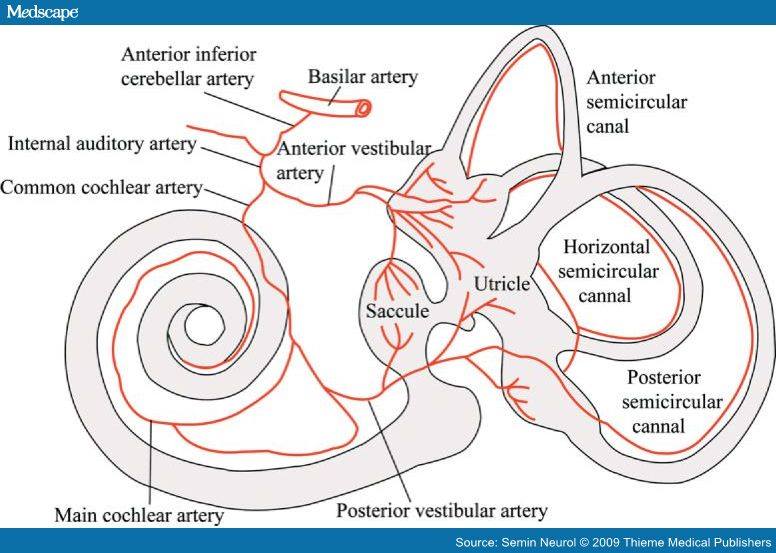Monday, October 10, 2016
Generic Adderall making me sick.
Wednesday, October 5, 2016
Vestibular Symptoms
What are the symptoms of a vestibular disorder?
 The
vestibular system includes the parts of the inner ear and brain that
help control balance and eye movements. If the system is damaged by
disease, aging, or injury, vestibular disorders can result, and are
often associated with one or more of these symptoms, among others:
The
vestibular system includes the parts of the inner ear and brain that
help control balance and eye movements. If the system is damaged by
disease, aging, or injury, vestibular disorders can result, and are
often associated with one or more of these symptoms, among others:- Vertigo and dizziness
- Imbalance and spatial disorientation
- Vision disturbance
- Hearing changes
- Cognitive and/or psychological changes
- Other symptoms
The type and severity of symptoms can vary considerably, and be frightening and difficult to describe. People affected by certain symptoms of vestibular disorders may be perceived as inattentive, lazy, overly anxious, or seeking attention. They may have trouble reading or doing simple arithmetic. Functioning in the workplace, going to school, performing routine daily tasks, or just getting out of bed in the morning may be difficult for some people.
Vertigo and dizziness
- Spinning or whirling sensation; an illusion of movement of self or the world (vertigo)
- Lightheaded, floating, or rocking sensation (dizziness)
- Sensation of being heavily weighted or pulled in one direction
Balance and spatial orientation
- Imbalance, stumbling, difficulty walking straight or turning a corner
- Clumsiness or difficulty with coordination
- Difficulty maintaining straight posture; tendency to look downward to confirm the location of the ground
- Head may be held in a tilted position
- Tendency to touch or hold onto something when standing, or to touch or hold the head while seated
- Sensitivity to changes in walking surfaces or footwear
- Muscle and joint pain (due to struggling with balance)
- Difficulty finding stability in crowds or in large open spaces
Vision
- Trouble focusing or tracking objects with the eyes; objects or words on a page seem to jump, bounce, float, or blur or may appear doubled
- Discomfort from busy visual environments such as traffic, crowds, stores, and patterns
- Sensitivity to light, glare, and moving or flickering lights; fluorescent lights may be especially troublesome
- Sensitivity to certain types of computer monitors and digital televisions
- Tendency to focus on nearby objects; increased discomfort when focusing at a distance
- Increased night blindness; difficulty walking in the dark
- Poor depth perception
Hearing changes
- Hearing loss; distorted or fluctuating hearing
- Tinnitus (ringing, roaring, buzzing, whooshing, or other noises in the ear)
- Sensitivity to loud noises or environments
- Sudden loud sounds may increase symptoms of vertigo, dizziness, or imbalance
Cognitive
- Difficulty concentrating and paying attention; easily distracted
- Forgetfulness and short-term memory lapses
- Confusion, disorientation, difficulty comprehending directions or instructions
- Difficulty following speakers in conversations, meetings, etc., especially when there is background noise or movement
- Mental and/or physical fatigue out of proportion to activity
Psychological
- Loss of self-reliance, self-confidence, self-esteem
- Anxiety, panic, social isolation
- Depression
Other
- Nausea or vomiting
- "Hangover" or "seasick" feeling in the head
- Motion sickness
- Sensation of fullness in the ears
- Headaches
- Slurred speech
- Sensitivity to pressure or temperature changes and wind currents
- Pain, pressure, or other symptoms with certain dietary changes (e.g., high sodium)
Subscribe to:
Posts (Atom)